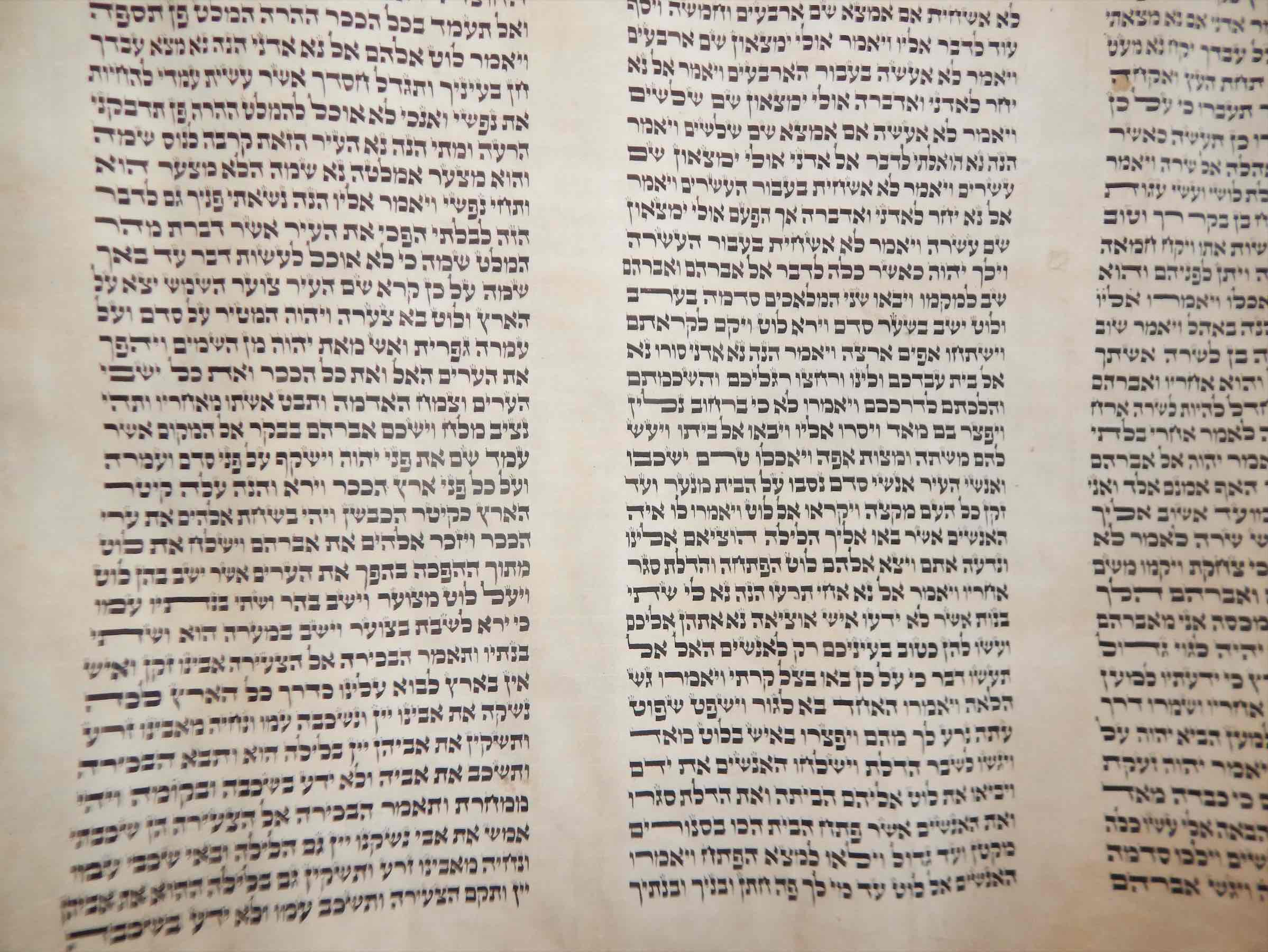Lesson 4 | Participles
[3] Qal Passive Participles
You’ll learn various types of passive participles later in this course when we cover other stems besides qal. But, for now, there is one type of passive participle that we can learn—an exceptional form unique to participles called the qal passive. Like the normal qal participle, it can function as a verb, an adjective, or a noun, and can appear in both the construct and absolute state.
ms qal participles
active & passive
| writing | כּוֹתֵב | כָּתוּב | written |
Notice that shureq as the second vowel in the passive form above. The first vowel, kamatz in this example, may change depending on whether the participle is singular or plural, masculine or feminine, but the second vowel will always be a shureq. (Hollow verbs do not have a qal passive form.)
Examples
Note the qal passive participle of כָּתַב in Deuteronomy 28:58:
The first vowel under the root of the verb is no longer kamatz but is now a shva; however, there is still a shureq as the second vowel.
Can you tell if הַכְּתוּבִ֖ים is functioning as a verb, a noun, or an adjective? Notice that it has the definite article, and that it is preceded by another masculine plural noun in the construct state, דִּבְרֵי֙, which is definite because the noun that follows it in the absolute state, הַתּוֹרָ֣ה, is definite. So it is functioning as an attributive adjective.
You can also see the feminine plural participle of כָּתַב in 2 Chronicles 34:24:
Again, the first vowel is now shva, but the second vowel is still a shureq.
Determining the function of this participle is a little easier: it has a definite article, and so does the feminine plural noun that precedes it, הָאָלוֹת֙, which means it is also functioning as an attributive adjective.

Now let’s sing to the Lord, in a song that includes several participles!